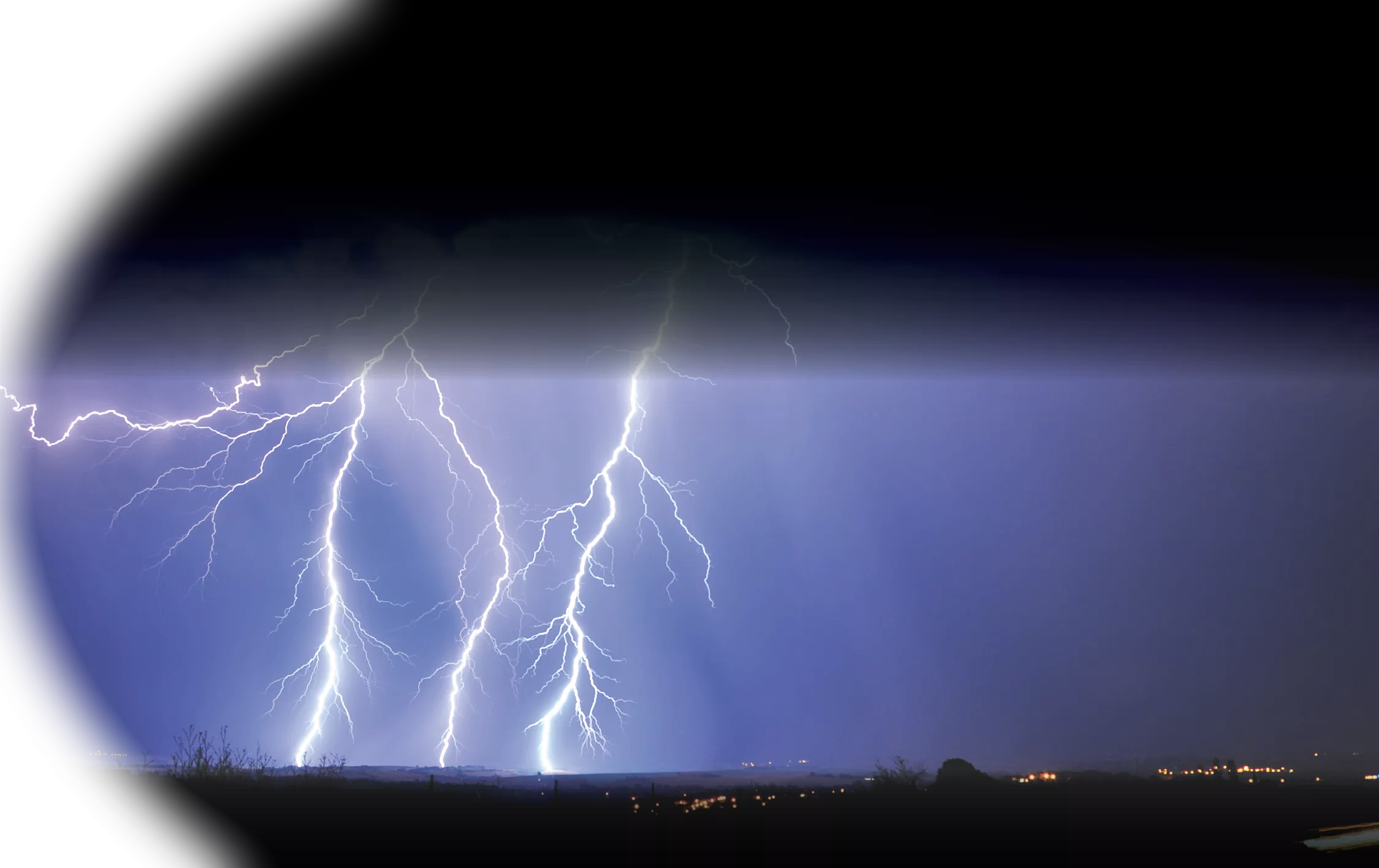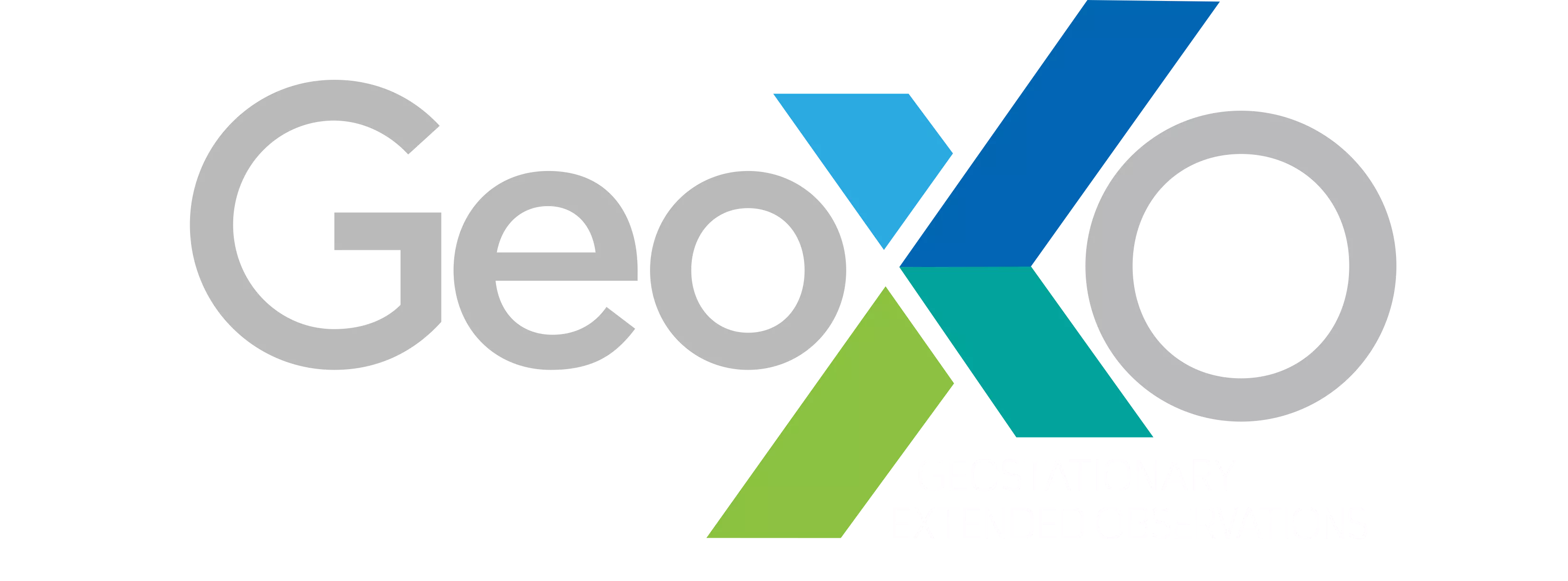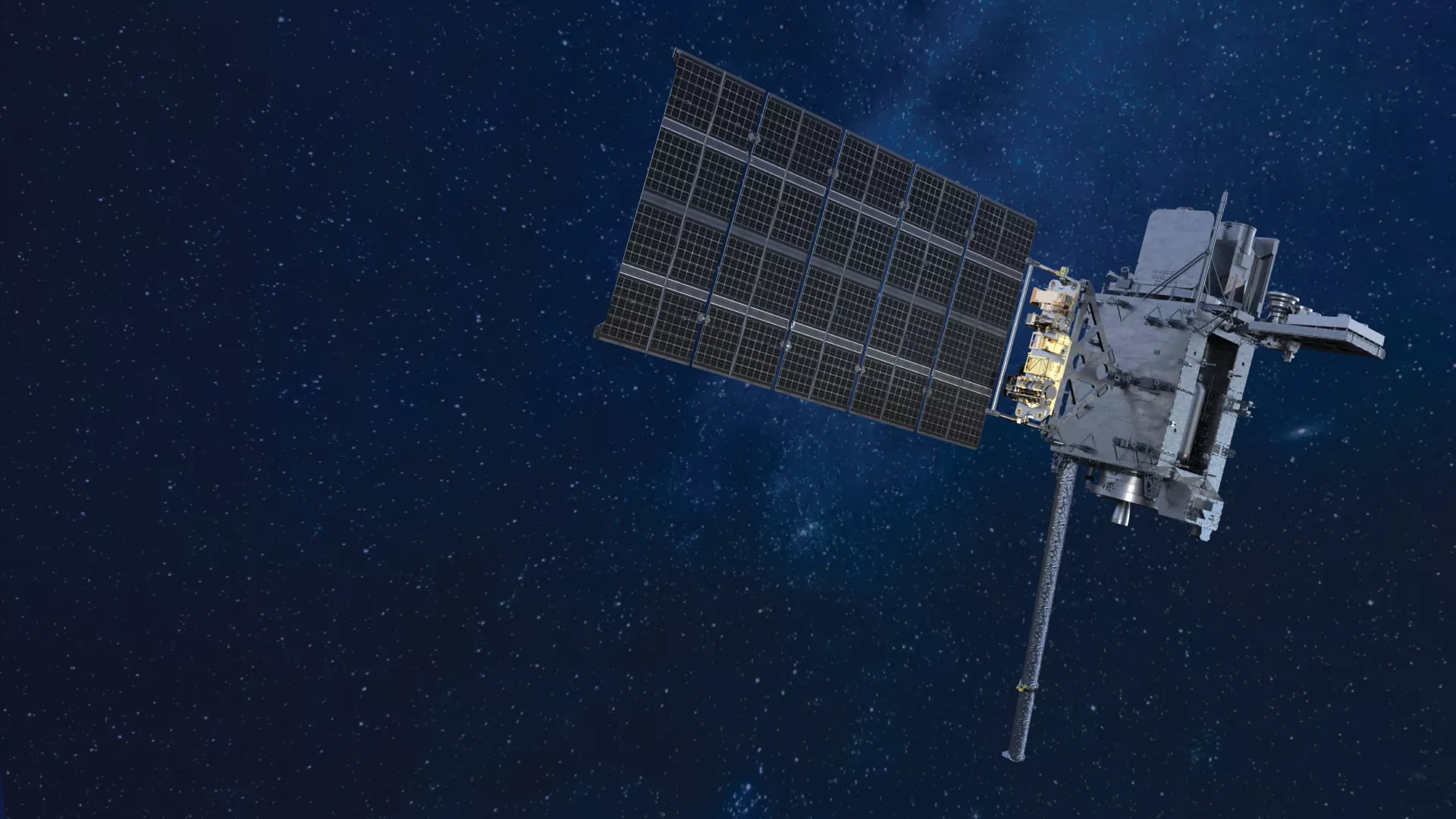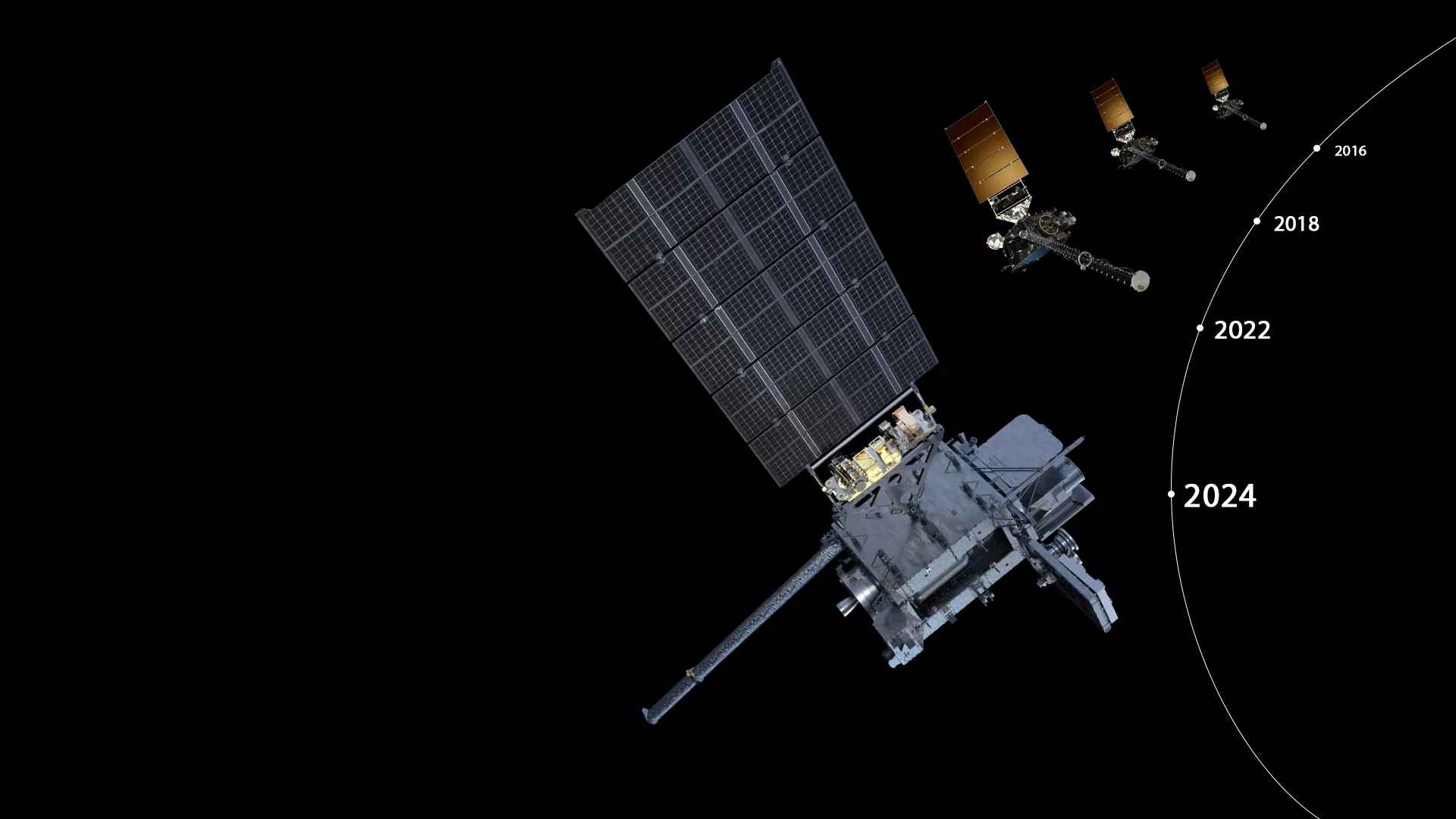NOAA's GOES-U Has Lift-Off!
On Tuesday, June 25th the GOES-U satellite successfully launched at 5:26 pm EDT. Watch the live coverage of the event below!
Mission Facts
NOAA’s GOES-U is the fourth and final satellite in the Geostationary Operational Environmental Satellites (GOES) – R Series, the Western Hemisphere’s most sophisticated weather-observing and environmental monitoring system. The GOES-R Series provides advanced imagery and atmospheric measurements, real-time mapping of lightning activity, and space weather observations.
Location
Following a successful on-orbit checkout of its instruments and systems, NOAA plans to put GOES-19 into operational service. GOES-19 will be positioned to monitor weather systems and environmental hazards affecting most of North America, including the continental United States and Mexico, as well as Central and South America, the Caribbean, and the Atlantic Ocean to the west coast of Africa. In this position, the satellite will be known as "GOES East.”
GOES-19 will work in tandem with GOES-18, which serves as "GOES West.” Together, these satellites will watch over more than half the globe – from New Zealand to the west coast of Africa and from near the Arctic Circle to the Antarctic Circle. The current GOES East (GOES-16) will become an on-orbit backup.
Benefits & Capabilities
GOES-19 will provide critical atmospheric, hydrologic, oceanic, climatic, solar and space data, for advanced detection and monitoring of environmental phenomena that directly affect public safety, protection of property, and our nation’s economic health and prosperity, including:
- Atmospheric Weather
- Environmental Hazards
- Ocean Conditions
- Space Weather

What's Next?
GOES-U is the last of the GOES-R Series satellites, which are planned to operate into the 2030s. Looking forward, NOAA is working with NASA to develop the next generation of operational satellites in geostationary orbit, called Geostationary Extended Observations (GeoXO). GeoXO will provide new and improved observations of the atmosphere, weather, and ocean to help address emerging environmental issues, respond to the effects of Earth’s changing climate, and improve forecasting and warning of severe weather and hazards.

From GOES to GeoXO
Past Highlights to Future Horizons
For nearly 50 years, NOAA and NASA have partnered to develop NOAA’s geostationary satellites as part of the most sophisticated weather-observing, environmental monitoring, and space weather monitoring satellite system in the world. GOES-U will be the fourth and final satellite in the GOES-R Series and a bridge to a new age of advanced satellite technology – GeoXO.
News
-
NOAA’s GOES-19 satellite has officially began operations as GOES East.
-
NOAA’s newest satellite, GOES-19, provided a beautiful view of Earth during the winter solstice.
-
NOAA satellites constantly monitor the ocean for tropical activity. As the 2024 Atlantic hurricane…
Resources
- GOES-U mission overview fact sheet
- Advanced Baseline Imager instrument fact sheet
- Geostationary Lightning Mapper instrument fact sheet
- Space weather instruments fact sheet
- GOES-U satellite infographic
- GOES-R ground system fact sheet
- Transforming energy into imagery infographic
- Beyond the strike: Benefits of detecting lightning from space infographic
- Unprecedented capabilities for monitoring hurricanes infographic
- Wildfire detection and monitoring infographic
- GOES-U development photos
- GOES-U satellite graphics
- GOES-U Falcon Heavy rocket infographic
- WeatherSats AR App
- Road To Launch Photos
- GOES-U Launch Imagery





